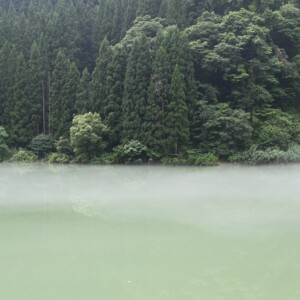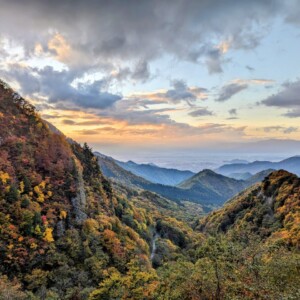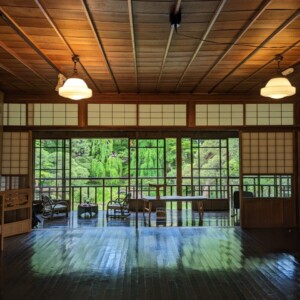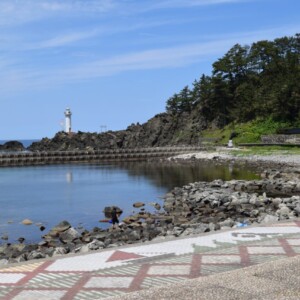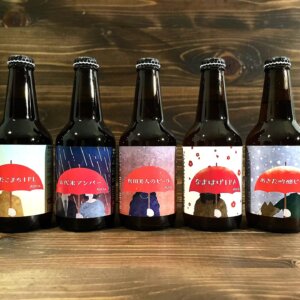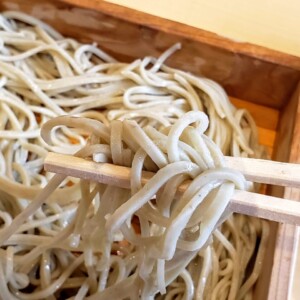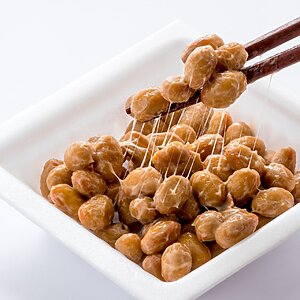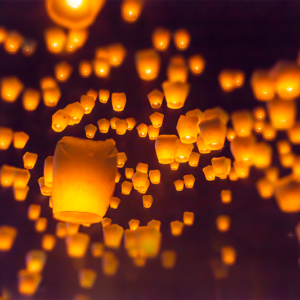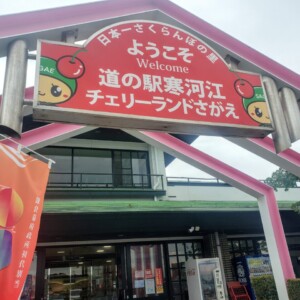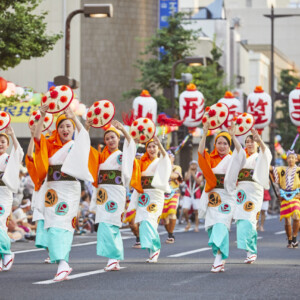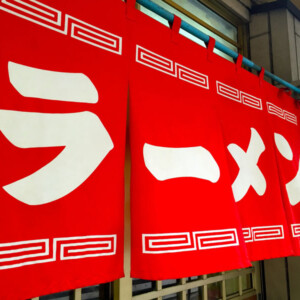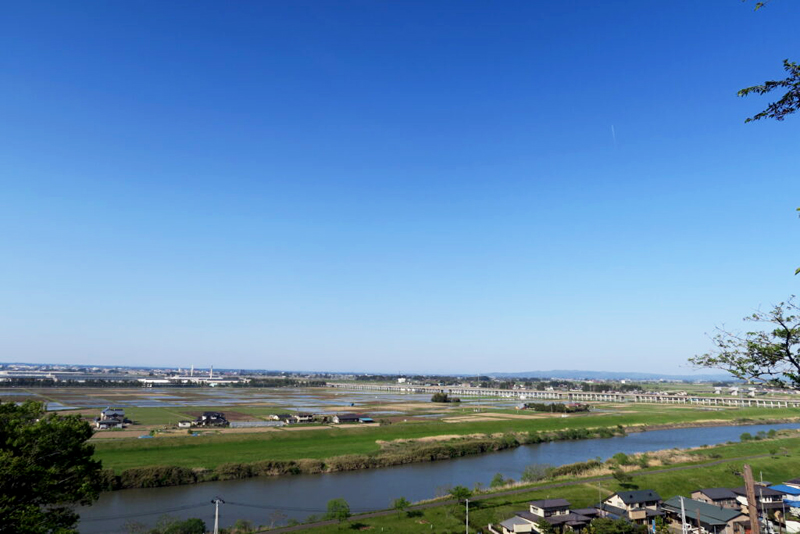
Osaki Kodo, a cultivated land that lives with water, has been certified as a world agricultural heritage site [Miyagi Prefecture]
table of contents
- 1 A World Agricultural Heritage Site recognized as a World Heritage Site by the Food and Agriculture Organization of the United Nations
- 2 "Osaki Kōdo" has been stable due to thorough water measures since the Edo period.
- 3 Water is distributed throughout Osaki Kōdo using weirs, irrigation canals, tunnels, etc.
- 4 Drought countermeasures by repeatedly using used water
- 5 Using water heated by sunlight to prevent cold damage
- 6 ``Osaki Kōdo'' has become Japan's largest destination for white-fronted geese.
- 7 The wisdom of our ancestors created at Osaki Koudo is a world-class water management system.
Even though it is called ``Osaki Kodo'',
In the northern part of Miyagi Prefecture, the Eai River spreads through Osaki City, Shikama Town, Kami Town, Wakuya Town, and Misato Town. It is an agricultural area centered on rice in the Naruse River basin, and was certified as a Japanese Agricultural Heritage Site a World Agricultural Heritage Site in 2017
A World Agricultural Heritage Site recognized as a World Heritage Site by the Food and Agriculture Organization of the United Nations
"Global Agricultural Heritage" is a World Heritage Site designated by the Food and Agriculture Organization of the United Nations (FAO) in recognition of the importance of traditional agriculture, forestry and fisheries from regions around the world where agriculture, forestry and fisheries have been practiced since ancient times. It's a thing.
In Japan, in addition to "Osaki Kōdo," a total of 11 regions have been certified, including Sado City in Niigata Prefecture, Wasabi Cultivation Area in Shizuoka Prefecture, Tanabe region in southern Wakayama Prefecture, Kunisaki Peninsula in Oita Prefecture, and Usa region.
There are various types of agricultural and fishery industries and products that are certified as a "Global Agricultural Heritage", and in the case of "Osaki Kōdo", the paddy field system based on its skillful water management is eligible for certification.
"Osaki Kōdo" has been stable due to thorough water measures since the Edo period.
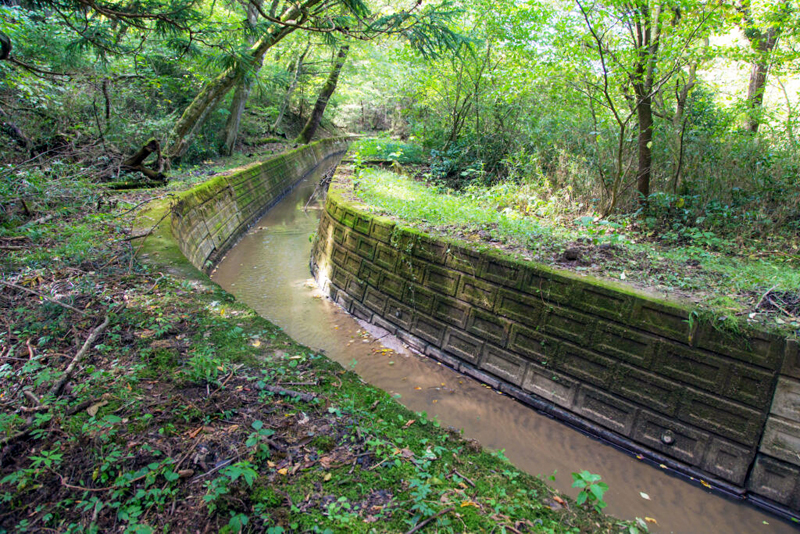
The area where ``Osaki Kōdo'' extends is a vast granary region located in the northern part of the Sendai Plain called the Osaki Plain, and has been an area where the production of grains such as rice has been active since ancient times.
However, despite suffering from repeated flooding of the Eai and Naruse rivers and the harsh climate of the Tohoku region, people have used their wisdom to manage water to keep it in optimal condition.

"Osaki Kōdo" contains weirs, waterways, tunnels (burrow holes/speakholes, tunnels/zuido), and reservoirs that have been used since ancient times and are still in use today. That's what I'm doing. Many of them were built during the Edo period, and while they are useful for agriculture, they also nurture a wide variety of plants and animals, creating a good recycling society.
Water is distributed throughout Osaki Kōdo using weirs, irrigation canals, tunnels, etc.
The water that nourishes ``Osaki Kōdo'' was sent to the fields by building intake weirs to take water into the Eai River and Naruse River. There are approximately 1,300 water intakes in all of Osaki Kōdo, and although many have been renovated to become modern facilities, some remain as they were and are still in use.
``Nanbaru Ana Weir'' is a tunnel over 1,300 meters long that was dug by hand in the early Edo period.
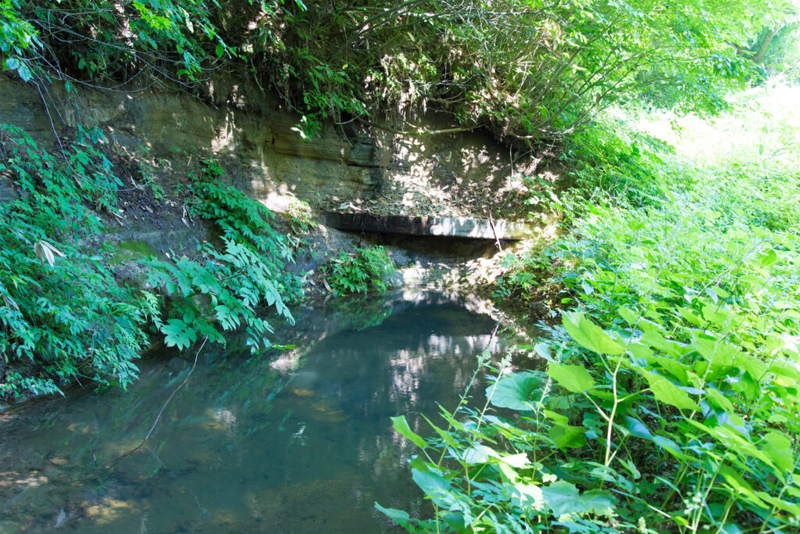
One of these, the Minamihara Ana Weir (in the Naruko Onsen area of Osaki City), located at the uppermost reaches of the Eai River system, is an agricultural canal built in 1644. The total length from the water intake to the outlet is approximately 1,880m, with a height difference of approximately 20m, and 1,330m is a tunnel. In the middle of the tunnel, there was a side hole called a ``sama,'' through which the earth and sand that had accumulated inside the tunnel were discharged. There is a walking route set up at Nanbaru Ana Weir.
Nanbaru Ana Weir<Information>
- Facility name: Nanbaru Anayi
- Address: 34 Naruko Onsen Minamibara, Osaki City, Miyagi Prefecture 989-6835
- Phone number: 0229-23-2281 (Osaki Area Global Agricultural Heritage Promotion Council)
- Official URL: Osaki Kodo – Naruko Onsen Area
Google Map
Arakawa Weir Irrigation Canal, a 33km long Edo period irrigation canal
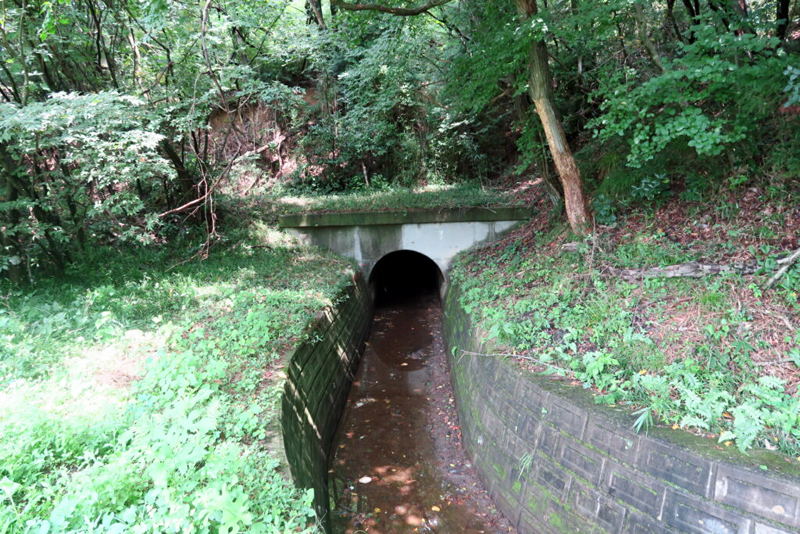
``Osaki Kōdo'' The Sanbongi district of Osaki City, which is a midstream region, is a hilly area that makes it difficult to take water from large rivers, so a canal with a length of about 33 km was dug on the hillside and water taken from tributaries was supplied. doing. This ``Arakawa Weir Canal'' was dug by hand between 1646 and 1649, and had 12 tunnel sections, making it a difficult construction project. Advanced technology was used, such as adding reservoirs along the way, and it still functions as an irrigation canal.
Arakawa Weir Canal<Information>
- Facility name: Arakawa Weir Canal
- Address: Sanbongi District, Osaki City, Miyagi Prefecture
- Phone number: 0229-23-2281 (Osaki Area Global Agricultural Heritage Promotion Council)
- Official URL: Osaki Kodo – Sanbongi area
Google Map
Drought countermeasures by repeatedly using used water
Water cannot be managed simply by taking it in. If there is too little, various problems will occur, such as droughts, and if there is too much, there will be flooding.
Droughts occur when there is not enough snow or no rain during the rainy season. Therefore, instead of throwing away water once used, a method was devised to reuse it downstream (repeated water). In addition, because many farmers use small amounts of water, in some areas water intakes can be switched so that water can be shared in turn, called "bansui."
“Genroku Hiken” creates fertile farmland as a flood prevention measure
``Osaki Kōdo'' always suffers from flooding once every few years, so some kind of countermeasure is needed. Normally, swamps and ponds here and there store water, but when there is too much water, the water overflows the banks and floods fields, sometimes putting people's lives at risk. To prevent this, the bank was hollowed out and a drainage channel (hidden hole) was created. In addition, artificial reservoirs were built in various locations, providing functional flood countermeasures that are still relevant today.

In the lowest reaches of Osaki Kōdo (Osaki City and Matsushima Town), there is a wetland area that turns into a large swamp every time there is heavy rain, which was a source of trouble for the people living there. The Sendai domain, which ruled this area at the beginning of the Edo period, thought that reclamation would eliminate flood damage and increase arable land, so they dug a hole and drained the water into Matsushima Bay. The distance between the marsh, which was called Shinai-numa (Shinai-numa), and Matsushima Bay was more than 7 km, but it took five years to dig a tunnel (Genroku underground hole) that was 2,578 meters long. The drainage was successful.
Shinainuma became a complete farmland due to the "Meiji Hikan".
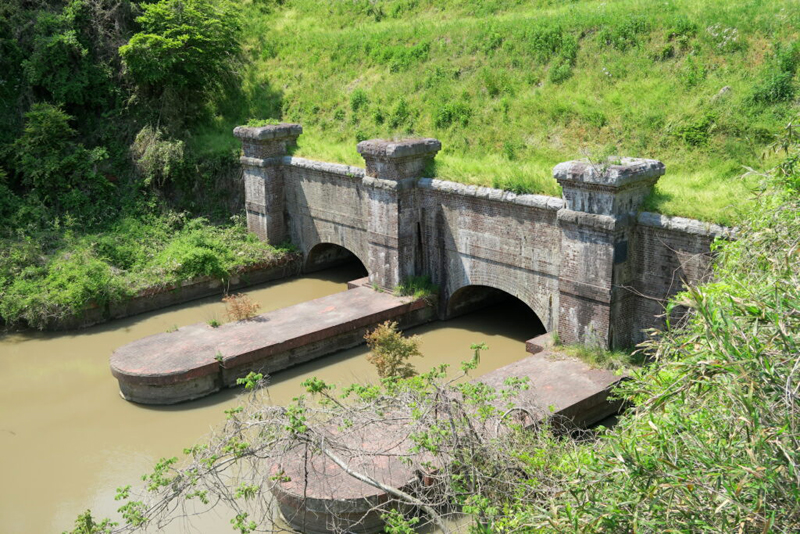
The ``Genroku Hiden'', which had been used for many years, was almost completely buried during the Meiji period, so a new tunnel was built. It is called ``Meiji Hikan'' and is still in use today.
Due to renovations to the hole, river, and movement of the current, Shinainuma no longer exists, only a portion of it is used as a reservoir. Instead, there is vast arable land.

Shinai Marsh Reclaimed Land <Information>
- Facility name: Shinainuma Polder, Genroku Hikenkan/Meiji Hikenkan
- Address: Matsushima Town, Osaki City, Miyagi Prefecture
- Phone number: 022-275-9127 (Sendai Regional Promotion Office, Agriculture and Rural Development Department, Planning and Coordination Group)
- Official URL: Osaki Kodo – Kashimadai area
Google Map
Using water heated by sunlight to prevent cold damage
The ``Osaki Kōdo'' area was affected by the cold and humid monsoon wind ``Yamase,'' which is characteristic of the Pacific coast of Tohoku, and was also plagued by cold damage. For this reason, people have used their ingenuity to counteract ``damase'', the most representative of which are methods known as ``daytime water shutoff'', ``deep water management'', and ``lukewarm canals''.
“During the day” is a rice field management method in which water is not poured into the rice field during the day, but instead is watered at night or early in the morning.The high daytime temperatures warm the water and encourage the growth of rice. If you add water during the day, the water will remain cold at night and growth will be poor.
“Deep water management” involves filling water to about 3/4 of the length of the seedlings and using the heat-retaining power of the water heated by the sun to encourage growth. Techniques such as "stopping water during the day" and "deep water management" are still scientifically proven as measures against cold damage to rice, and are used in many regions. This is truly the wisdom of our predecessors cultivated by the people of Osaki Koudo.
Water heated in a lukewarm canal is poured into rice fields

A ``tepid waterway'' is a waterway used to divert water and raise its temperature before it is drawn into rice fields. It is used as a countermeasure against ``Yamase'' and to heat cold water such as snowmelt water, and is mainly used in the northern part of ``Osaki Kōdo'' and areas bordering mountainous areas. With the same idea, there are also ``Nurume Pond'' and ``Nurume Field.''
``Osaki Kōdo'' has become Japan's largest destination for white-fronted geese.
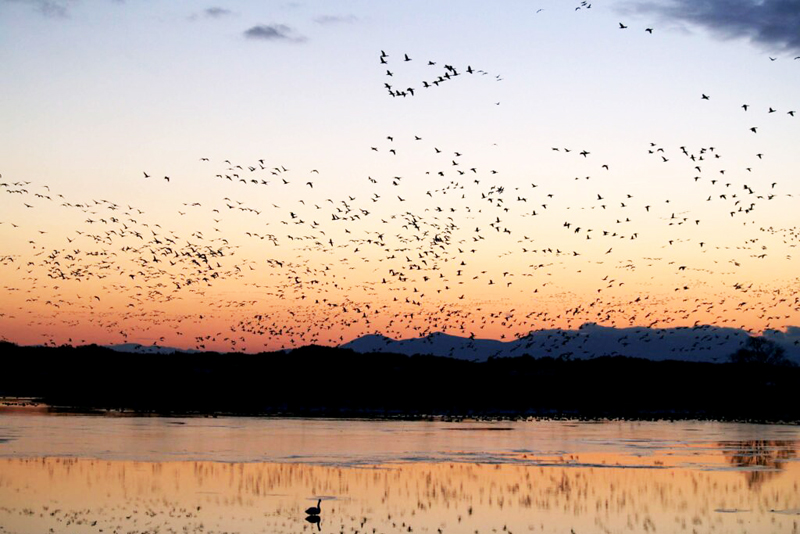
At ``Osaki Kōdo,'' the mansion forest called ``igune'' is effective for fire and wind protection, and also functions as a habitat for a variety of creatures. The birds that call Ikune their home travel back and forth to the fields and play a role in exterminating pests and other pests. In addition, rice fields in winter function as wintering grounds for white-fronted geese, and approximately 70,000 white-fronted geese, half of the white-fronted geese that come to Japan, fly to Kabukurinuma (Tajiri, Osaki City), which is designated as a national natural monument. is specified. In 2017, Kabukuri-numa was certified under the Ramsar Convention, an international treaty for the protection of wetlands.
Kabukurinuma<Information>
- Facility name: Kabukurinuma
- Address: Onuma, Tajiri Kabukuri, Osaki City, Miyagi Prefecture
- Phone number: 0229-38-1401 (Kaburikuri Numakko Club)
- Official URL: Osaki Kodo – Tajiri Area
Google Map
The wisdom of our ancestors created at Osaki Koudo is a world-class water management system.
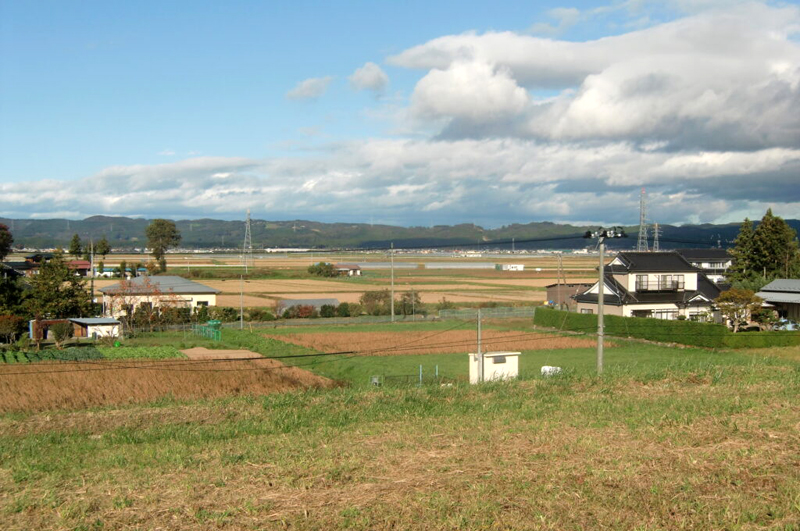
``Osaki Koudo'' produced delicious and cold-resistant rice such as ``Sasanishiki'' and ``Hitomebore,'' and many fermented foods such as sake, Mizo, and soy sauce were created using this rice. In many villages, festivals are held to give thanks for agricultural products, and it is still passed down as a folk art.
The wisdom of the people who cultivated Osaki Kōdo, which coexisted with water in the harsh climate of Tohoku, has been recognized around the world as a Global Agricultural Heritage Site. Furthermore, in the 21st century, when the earth has started to go crazy due to climate change, the water measures that have been carried out for a long time by companies such as Osaki Koudo are once again attracting world attention.
Osaki Kodo<Information>
- Name: Osaki Kōdo
- Address: Osaki City, Miyagi Prefecture, Shikama Town, Kami Town, Wakuya Town, Misato Town
- Phone number: 0229-23-2281 (Osaki Area Global Agricultural Heritage Promotion Council)



![[Miyagi Prefecture] Professional sports in Miyagi Prefecture, leading the Tohoku region! [Introduction to professional sports in the six prefectures of Tohoku] Ball 2](https://jp.neft.asia/wp-content/uploads/2023/04/56074127fe3f0a7b84f64671c4fd5a8d-150x150.jpg)
![[Tome City, Miyagi Prefecture] A mysterious forest with a 1,000-year history and the belief in Hachiman to ward off evil | Kaminuma Hachiman Shrine IMG_2749](https://jp.neft.asia/wp-content/uploads/2023/08/IMG_2749-150x150.jpeg)
![The main house of Sendai's national treasure, Osaki Hachimangu Shrine! Osaki Hachiman Shrine in Tajiri, Osaki City [Miyagi Prefecture] Osaki Hachiman Shrine worship hall](https://jp.neft.asia/wp-content/uploads/2024/09/PXL_20240911_035448667-150x150.jpg)
![Scary and slightly sad stories... "Michinoku Otogi Kaido" with many stories left behind [Shichigasyu-cho, Shiraishi City, Miyagi Prefecture] Fairytale images](https://jp.neft.asia/wp-content/uploads/2023/04/be73b392233d2fe609797e999f8ca547-1-150x150.jpg)
![Tiger Dance of Fires | Traditional performing arts with the wish to protect the town from strong winds and fires [Miyagi Prefecture] Firebird Dance](https://jp.neft.asia/wp-content/uploads/2025/05/IMG_2811-1-1-150x150.jpg)
![[Craft beer from Miyagi Prefecture (northern prefecture area)] 5 breweries with unique flavors! craft beer](https://jp.neft.asia/wp-content/uploads/2022/07/23026745_m-150x150.jpg)
![[Miyagi Prefecture] Summer tradition: 4 spectacular sunflower fields in Miyagi 230016](https://jp.neft.asia/wp-content/uploads/2023/05/230016-150x150.jpg)
![[Miyagi] Enjoy from spring to autumn! 3 seasonal flower garden spots flower garden](https://jp.neft.asia/wp-content/uploads/2016/11/3627151788_c654957a1e_b-150x150.jpg)
